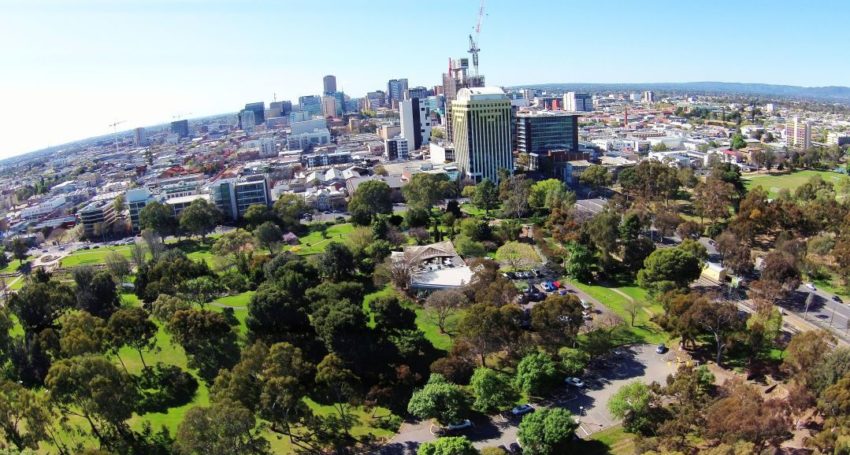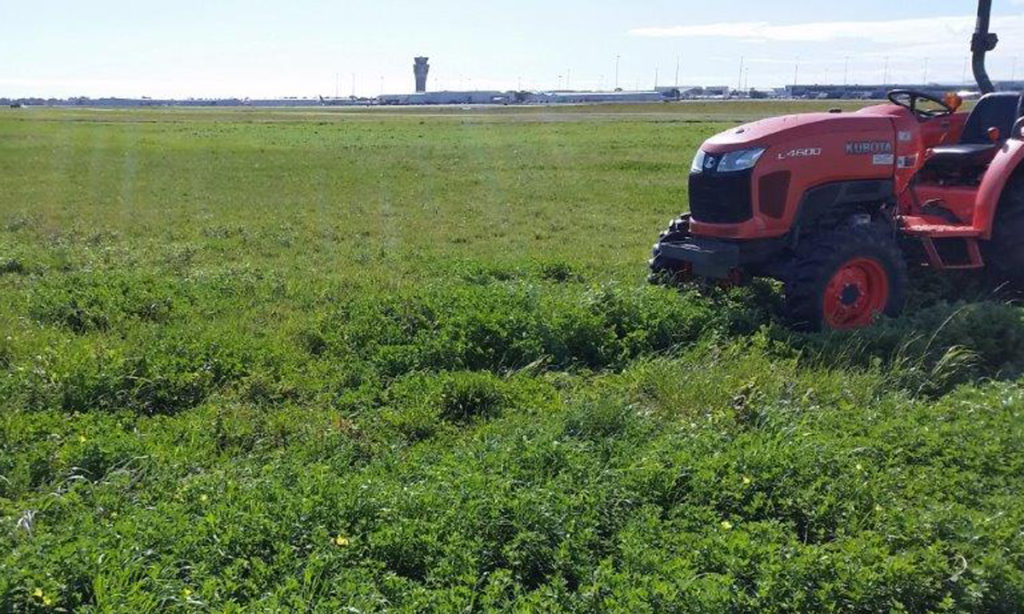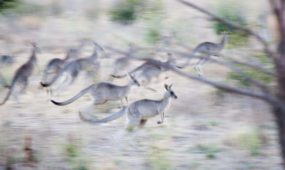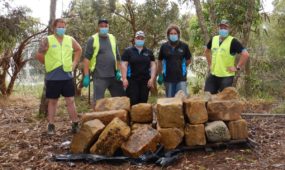Cool ideas needed to sooth scorching cities
Environment
International urban environment experts are gathering in Adelaide, South Australia this week to tackle the challenge of climate change in increasingly hotter cities.

Sign up to receive notifications about new stories in this category.
Thank you for subscribing to story notifications.

The University of Adelaide is hosting the H2CS – Heat & Habitat in Cities Symposium in the South Australian capital.
The two-day event brings together international and national experts, policy makers and researchers to discuss planning, designing, developing and improving cities.
Adelaide is known for its hot, dry summers. The city experienced 12 days in the first three months of 2019 where daytime temperatures exceeded 37C, including a record maximum temperature of 46.6C on January 24.
“With warming climates and increasingly unpredictable weather patterns, designing cities in the face of these challenges correctly has become even more critical,” said Professor Alan Peters, Head of the University of Adelaide’s School of Architecture and Built Environment.
“Our environment is indeed getting warmer, even during winter periods.
“Cities need to be better managed and new developments need to be better planned and designed to be more resilient to future changes.”
Adelaide – and cities around the world – is facing similar challenges: higher population density, reduced open spaces, rising urban heat, increasing need for cooling to combat the heat, and urban pollution.
South Australia already has a number of projects that aim to sustainably cool down the urban environment, particularly during hot weather.

The trial lucerne planting at Adelaide Airport has proven to reduce ambient air temperatures by more than 3C on warm days.
Adelaide Airport has partnered with state-owned utility SA Water on an innovative project that lowers runway temperatures by using recycled water to grow commercial crops. The world first project has shown the cooling effects of lucerne can drop air temperatures by more than 3C on warm days. The results were presented to global aviation leaders in Abu Dhabi last month.
The three-year trial has given project leaders the confidence to look beyond airports and into the broader urban environment through the greening of schools and parks to lower ambient city temperatures. Last summer SA Water involved six Adelaide schools and councils. This summer, which begins this month, the project has enlisted 40 schools and parks to demonstrate how greening public spaces can cool urban environments.
This week’s December 9-10 symposium will specifically look at how Adelaide’s green infrastructure cools the city, technology that mitigates regional and global overheating, successful tree planting programs, how urban greenery moderates urban microclimates and how to empower people to improve their homes to resist higher temperatures.
The University of Adelaide’s Professor Veronica Soebarto from the School of Architecture and Built Environment is the symposium chair.
“H2CS brings international and national experts, policymakers, planners, designers and researchers to exchange knowledge, experience and expertise and to discuss concrete ideas for planning, designing, developing and improving our cities,” she said.
Another discussion topic will be climate resilient housing: ways to have a liveable environment during weather extremes without costing the occupants too much and further impacting the environment.
“Residents can use external shadings for windows and walls with eaves and/or trees to reduce solar heat during summer which still allow the sun to penetrate during winter,” Professor Soebarto said.
“Having at least one space in the home – a ‘cool refuge’ – that can be naturally cooled down during extreme heat, using earth cooling with operable windows, and minimising the use of heat-generating appliances during extreme heat conditions, are all strategies that can be implemented by residents.”
The outputs of the H2CS will be captured in a publication to be provided to governments and be made available to other relevant organisations, as well as a Special Issue in Energy and Buildings journal (Elsevier Publication).
Jump to next article



